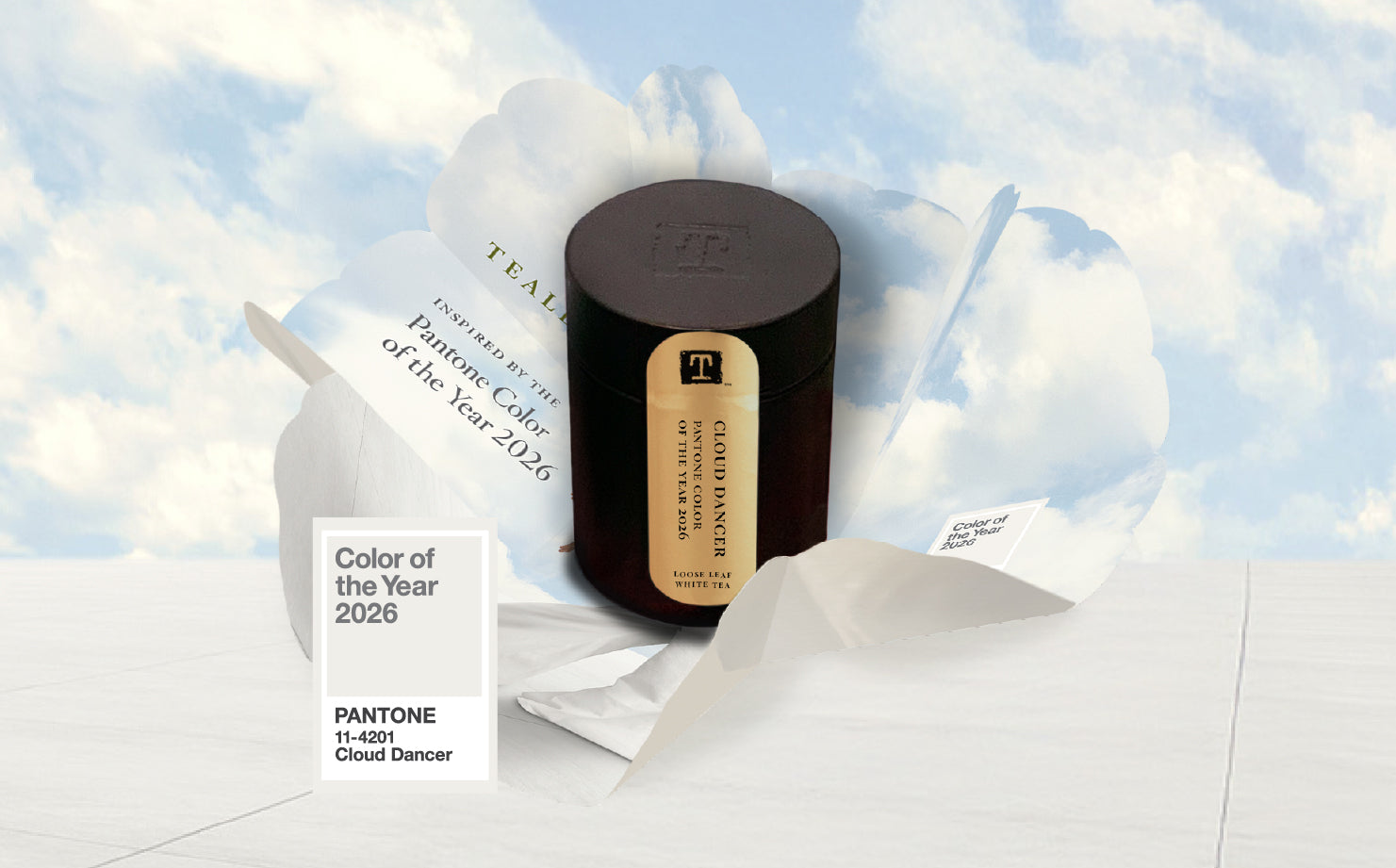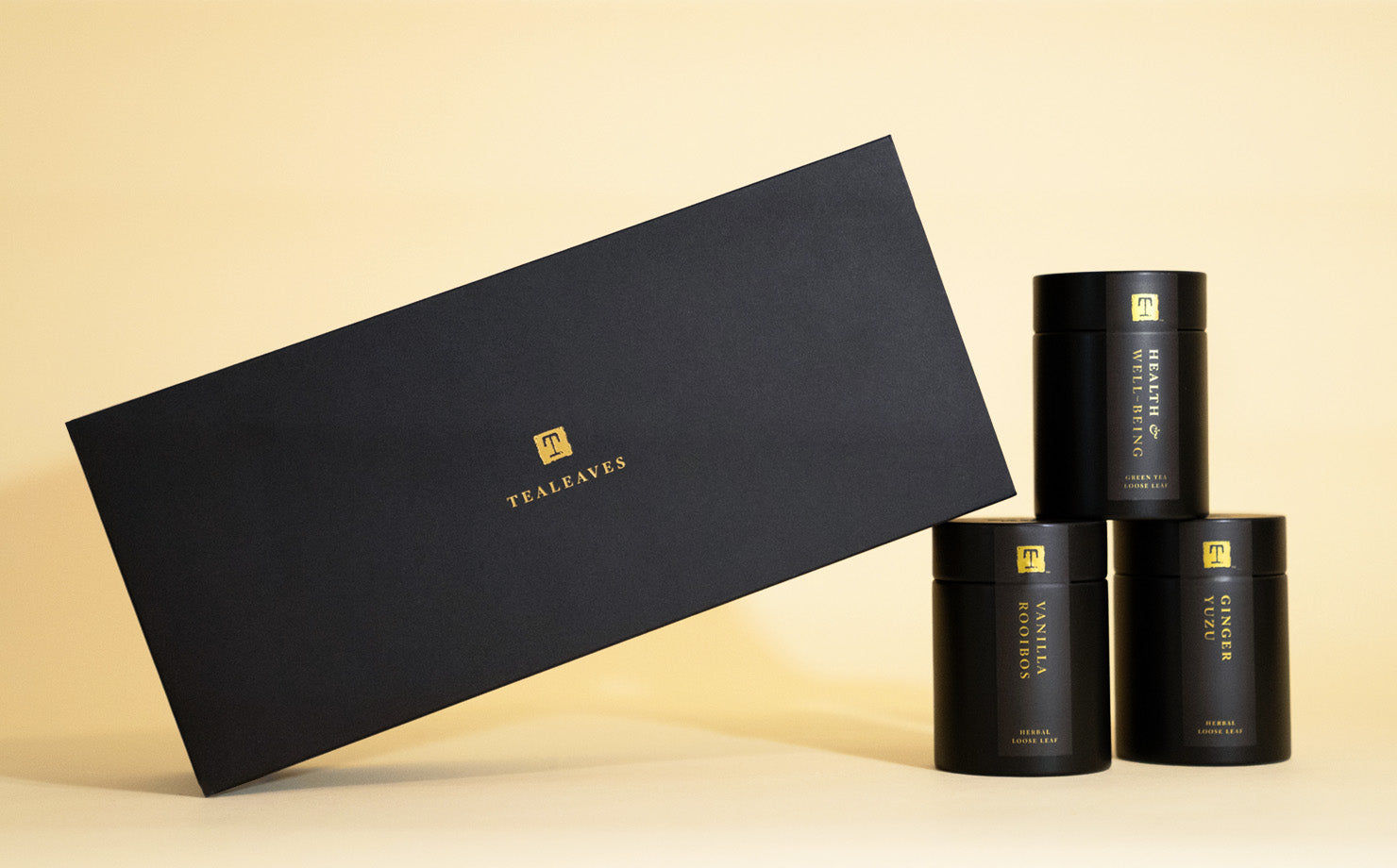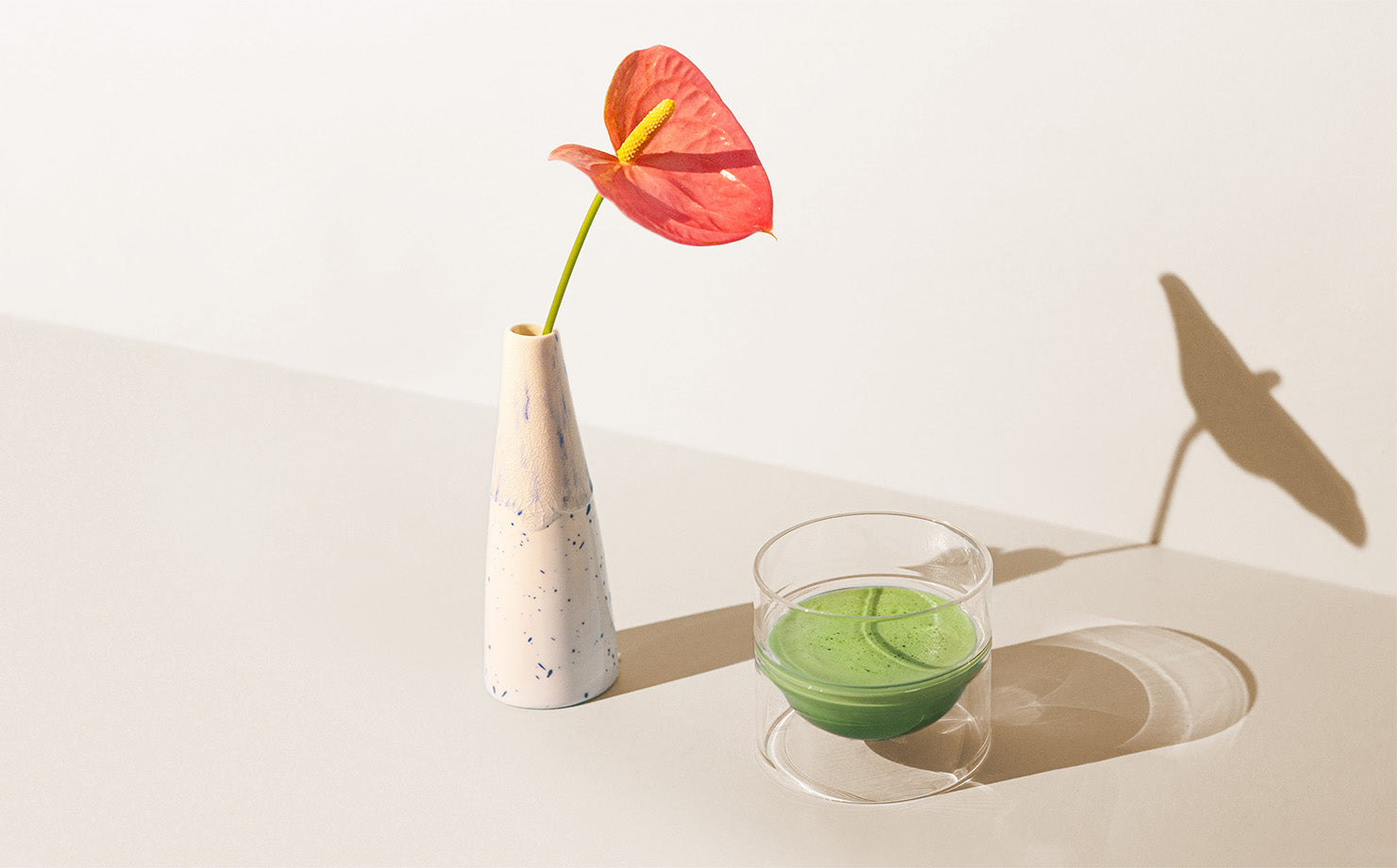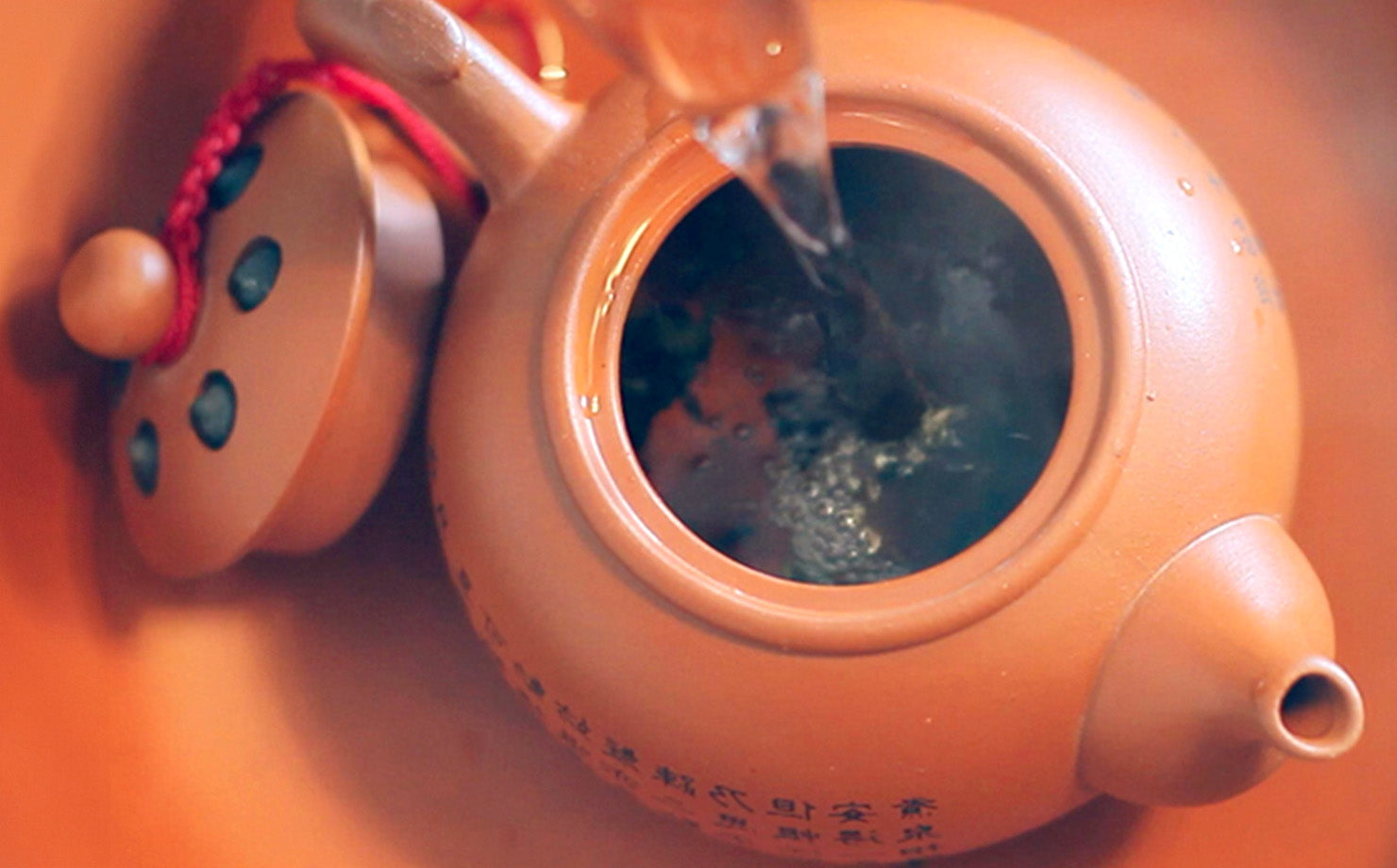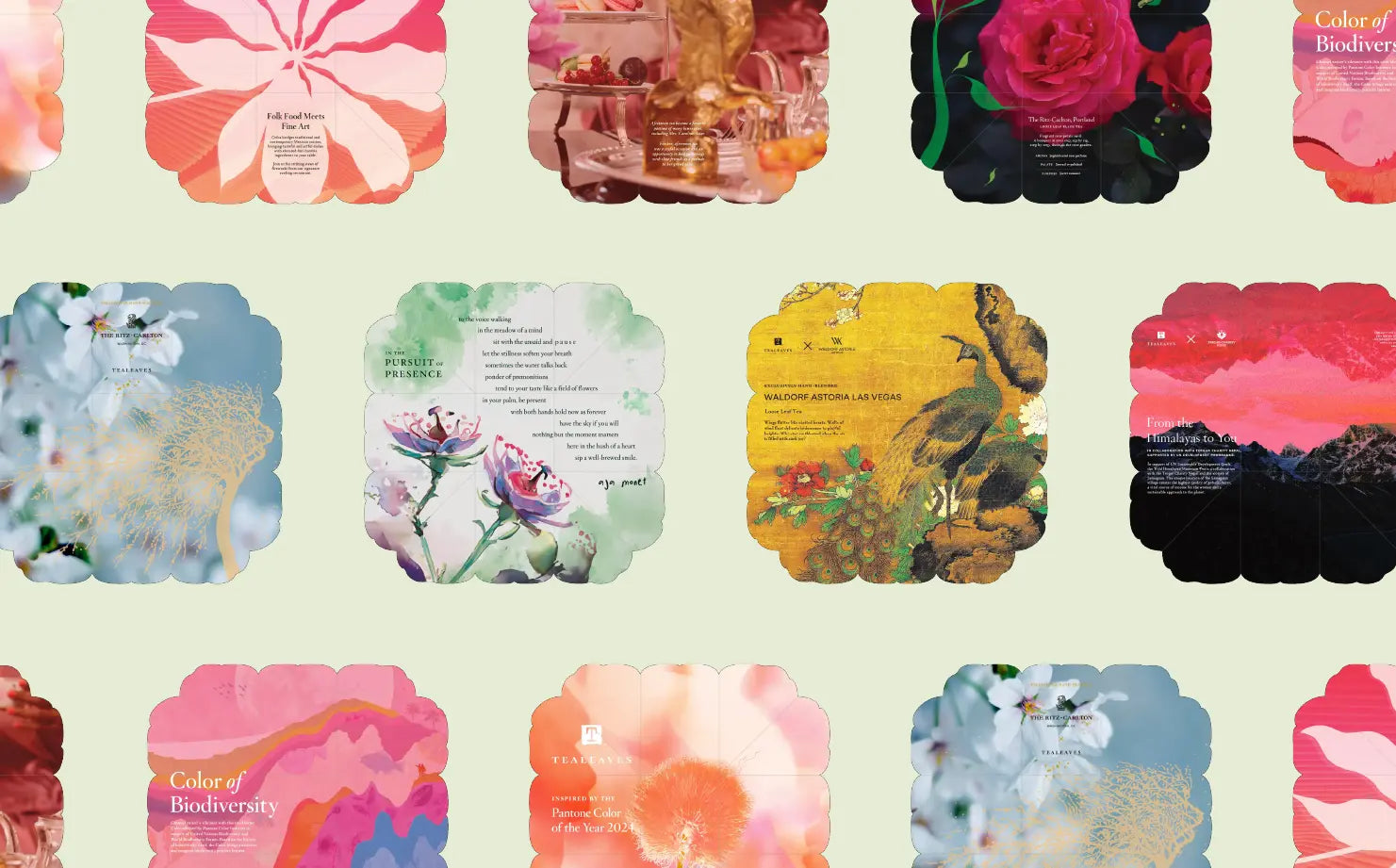Que vous recherchiez un remontant l'après-midi, que vous partagiez des moments chaleureux avec ceux que vous aimez ou que vous organisiez votre propre thé l'après-midi, préparez la théière parfaite.
COMMENT PRÉPARER LE THÉ
Comment utiliser une théière
Quelle quantité de thé utiliser
| THÉIÈRE | THÉ |
Théière de 2 tasses (16 oz) |
|
Théière de 4 tasses (32 oz) |
|
Pas à pas
Étape 1 - Chauffer l'eau
CHAUFFER L'EAU À LA TEMPÉRATURE EXACTE POUR PRÉCHAUFFER LA THÉIÈRE.
Nous recommandons d'utiliser de l'eau à faible teneur en minéraux et en produits chimiques, provenant de sources ou de glaciers.
Pour trouver les instructions complètes sur la température de l'eau, veuillez vous référer à notre tableau de trempage .
Faites chauffer l'eau en la faisant bouillir. Évitez de la mettre au micro-ondes, malgré les conseils de votre grand-tante Joséphine, car cela produirait une eau inégale. Veillez à ne pas trop faire bouillir ni refaire bouillir l'eau, car cela donnerait un thé au goût fade dû à un déséquilibre des éléments. La température de l'eau a également un impact important sur la qualité de l'infusion ; par exemple, les thés non fermentés (verts) peuvent facilement être abîmés par une eau trop chaude qui extrait trop d'acides tanniques et rend le goût amer.
Étape 2 - Ajouter le thé dans la théière
UTILISEZ 1 C. À C. À THÉ DE FEUILLES DE THÉ POUR 1 TASSE D'EAU.
Méthodes d'infusion
Crépine externe
Utiliser une passoire externe est la méthode la plus efficace pour les infusions, qui doivent infuser cinq minutes ou plus. Vous pouvez laisser infuser vos infusions à votre guise et éviter les feuilles et les plantes en vrac dans votre tasse lorsque vous versez. Que vous prépariez du thé noir, vert, oolong ou blanc, veillez à ne pas trop infuser votre thé en le servant en respectant le temps d'infusion recommandé.
Infuseur interne
De nombreuses théières peuvent être équipées d'un infuseur qui s'insère parfaitement dans la théière. Si vous utilisez un infuseur interne , veillez à respecter les temps d'infusion recommandés pour le thé choisi afin d'éviter une infusion excessive.
Filtre à thé à emporter
Les filtres à thé à emporter offrent une option pratique pour les mélanges tels que la camomille et le rooibos, qui contiennent des plantes fines qui peuvent être plus difficiles à nettoyer avec d'autres types d'infuseurs.
Sachets de thé
Vous pouvez utiliser n'importe lequel de vos sachets de thé préférés dans une théière, ce qui permet un retrait facile.
CONSERVATION DU THÉ 101
Conservez le thé et les herbes dans un endroit frais, sombre et sec (à faible humidité). Une conservation appropriée du thé ralentit la détérioration des huiles essentielles fragiles : la chaleur, l'humidité et l'exposition aux UV détruisent le thé. Une fois ouvert, nous recommandons de consommer le thé dans l'année.
Étape 3 - Inclinez avec précision
VERSER DE L'EAU CHAUDE SUR LES FEUILLES ET LAISSEZ INFUSER SELON LES INSTRUCTIONS SPÉCIFIQUES.
Pour trouver les instructions de trempage détaillées, veuillez vous référer à notre tableau de trempage .
Suivre les instructions d'infusion pour les différents types de thé fera la différence entre un bon équilibre des saveurs, comme le souhaitent nos mélangeurs, et une insistance incorrecte sur certains profils de saveurs de différents ingrédients.
Étape 4 - Retirer les feuilles de la théière
RETIRER LES FEUILLES ET SERVIR.
Avec les feuilles de Camellia sinensis, tant qu'elles sont en contact avec l'eau, elles continueront à infuser et, à tout le moins, entraîneront une surextraction des tanins, entraînant de l'amertume.
Étape 5 – Savourez l’instant
PRENEZ UN MOMENT POUR APPRÉCIER LE CARACTÈRE ET L'ARÔME
Nous vous recommandons de déguster d'abord le thé seul, afin d'apprécier son profil aromatique tel que nos maîtres assembleurs l'ont imaginé. Ensuite, si vous avez envie d'une goutte de miel local, d'une noisette de confiture de framboise ou d'un trait de votre lait préféré, n'hésitez pas ! Trouvez la paix intérieure dans une tasse de thé.



